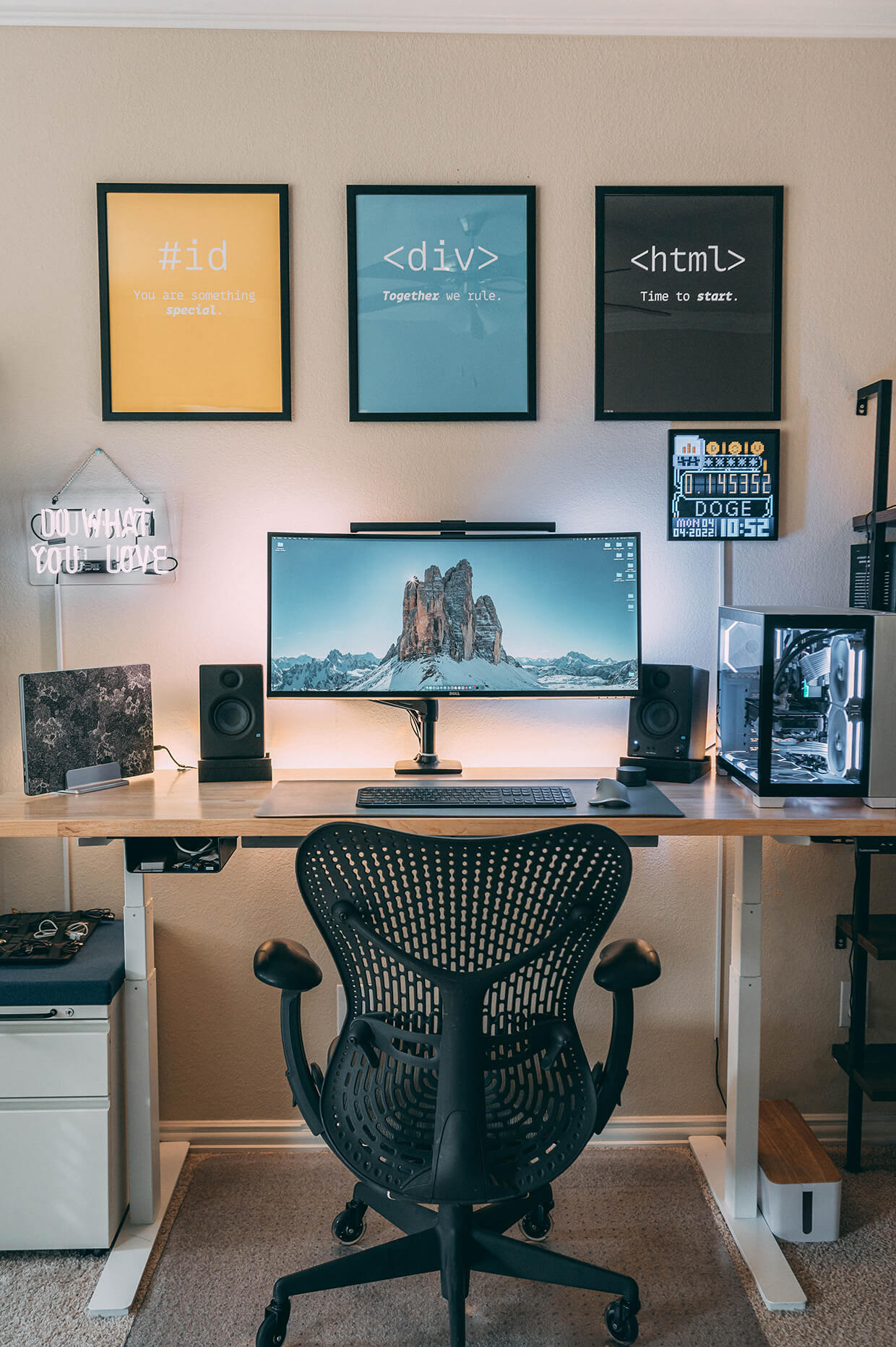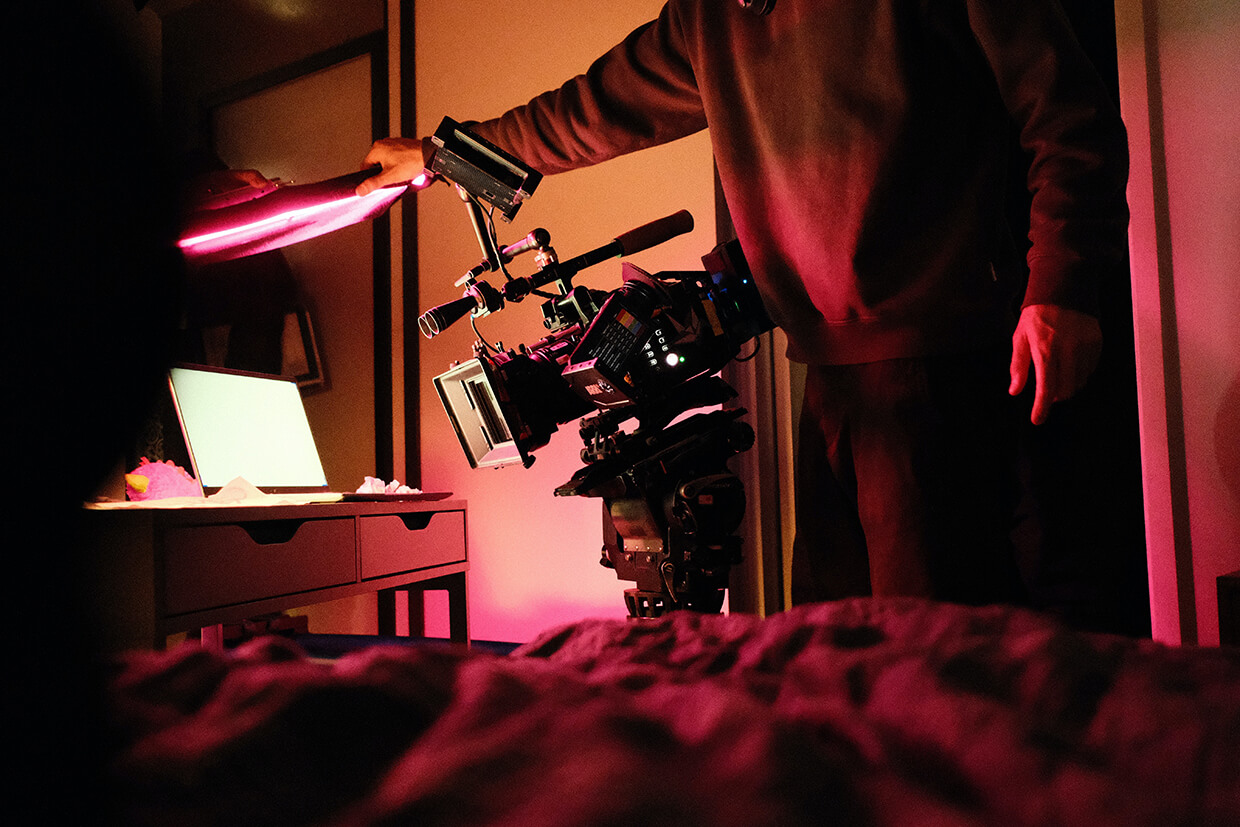Unleashing the Future of Storytelling
Generative AI has been making waves across various sectors, revolutionizing how we approach problems in science, technology, and even the arts. In the realm of storytelling, this technology offers promising opportunities to bring tales to life in captivating ways, whether through music, videos, animations, or text. To craft compelling narratives using generative AI, it’s crucial to understand how to strategically blend these different mediums for a multisensory experience that resonates with the audience.
Music has always been a powerful storytelling tool. Its capacity to evoke emotion complements the narrative, providing a subtle layer of complexity. With AI-driven music generators, creators can automatically craft a score that perfectly aligns with the mood, tempo, and themes of the story. For instance, suspenseful scenes could be matched with tense, fast-paced music generated on the fly, enhancing the immersion of the viewer. But it’s not just about hitting the play button on an AI-generated track. The integration needs to be seamless and thoughtfully timed with the storytelling arcs to have the most significant impact.
When it comes to video, AI offers exciting capabilities such as deepfakes and neural filters that allow for impressive visual effects and storytelling techniques, which were once only possible with big-budget productions. Imagine a historic film where AI-generated deepfakes can accurately replace an actor’s face with that of a historic figure, offering a visually authentic experience. Or think of an animated story where the characters and settings evolve in real-time, adapting to the choices made by the audience. Generative AI can synthesize videos based on the parameters set by the storyteller, which means that not only can the visual elements be manipulated, but they can be done so in a way that is coherent with the storytelling needs.
Animations, too, can benefit immensely from generative AI. Unlike traditional animations, which are time-consuming and labor-intensive, AI-generated animations can quickly adapt to story changes, creating a dynamic storytelling environment. Artists can sketch out the baseline characters and settings, and the AI can fill in the details, animate sequences, or even suggest enhancements that can make the story more compelling. What’s more, real-time animation adjustments could also be made to cater to the viewer’s reactions, providing an interactive and personalized storytelling experience.
Text-based storytelling can also take on new dimensions with AI. Think interactive chatbots playing characters in the story, or real-time branching story paths that change based on user input. Generative AI can automatically create dialogue, plot twists, and alternate endings, enabling the audience to engage in a dynamic relationship with the narrative.
In sum, generative AI offers a wealth of tools for elevating storytelling to unprecedented levels of depth and engagement. The key lies in how effectively we integrate these AI capabilities across music, videos, animations, and text to create a holistic experience. By focusing on seamless integration and meaningful coherence between these elements, storytellers can harness the full potential of generative AI to captivate and move their audiences like never before.



